Meet Jen Mannas, who along with Cameron Rutt, were left to camp on Avian for 5 days to study the birds’ behavior and weigh the chicks.
Of course if you plan to stay, you need shetler. Here’s Oscar Schofield helping Jen build her tent.
Jen describes the environment of Avian Island as a look into the past – the kind of climate that used to exist in the northern Peninsula where we first met panting, overheated Adélies on Humble Island.
The Adélie chicks on Avian are much bigger than the chicks the film crew saw two weeks ago on Humble Island. Penguin chicks are getting ready to move into crèches which means they band together with other chicks for protection. As the chicks get bigger, it takes two parents to hunt for enough krill and fish to feed them so the babies are left alone while the parents look for food. Large birds called skuas on these islands eat baby penguins so the babies band together for protection.
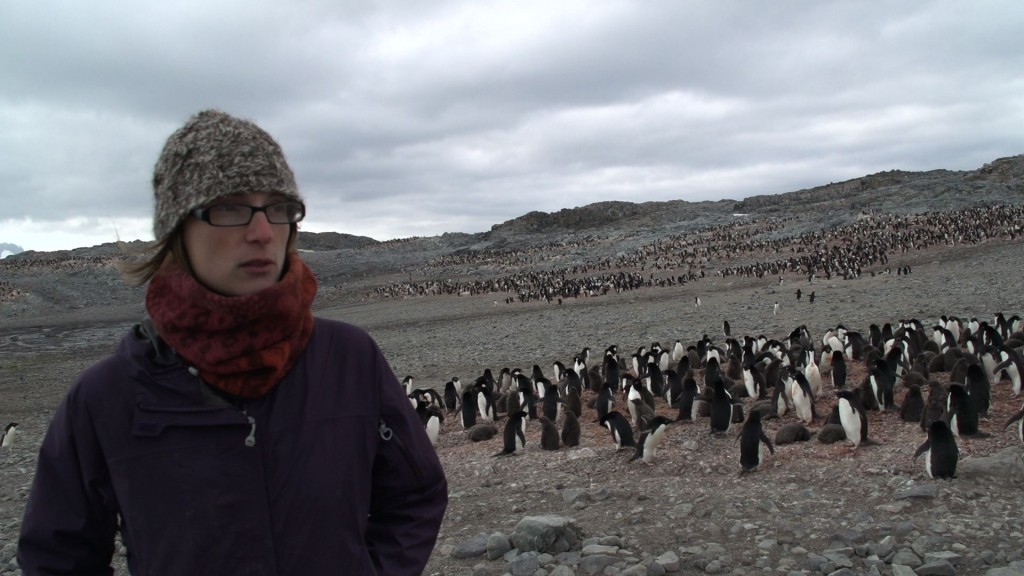
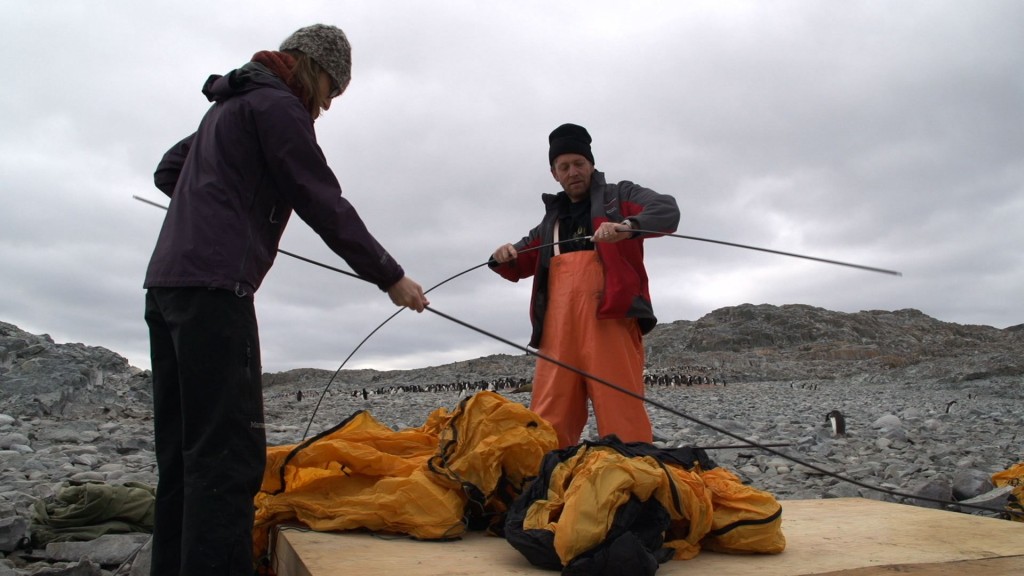
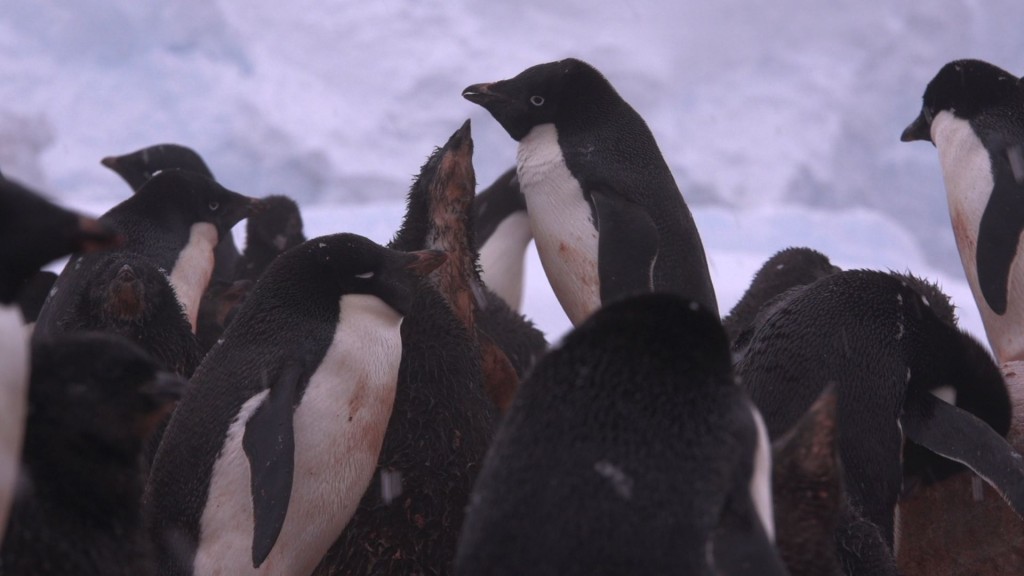

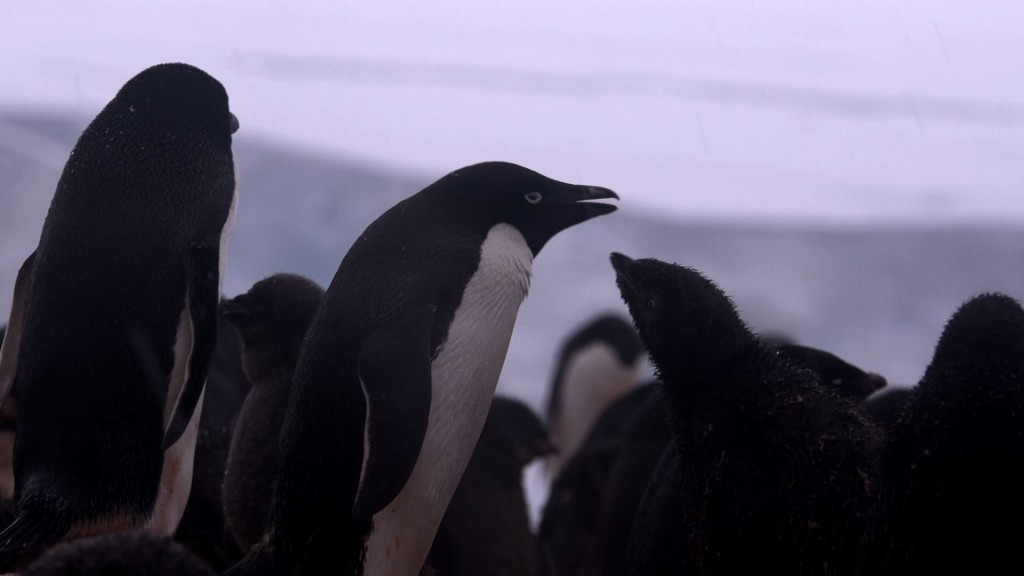
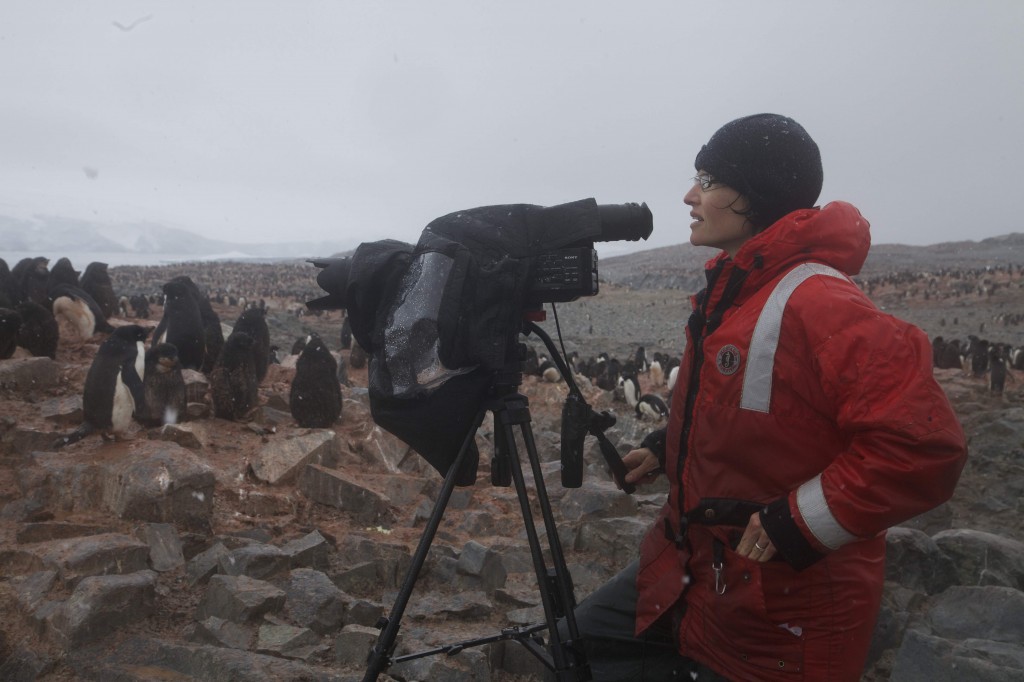
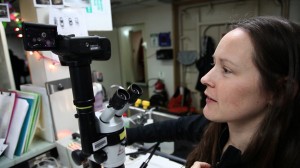
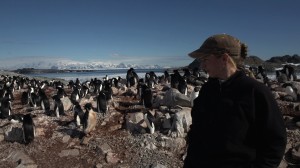
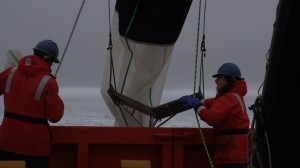
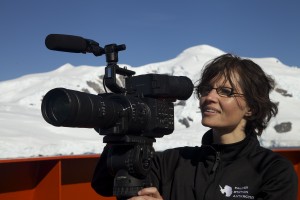
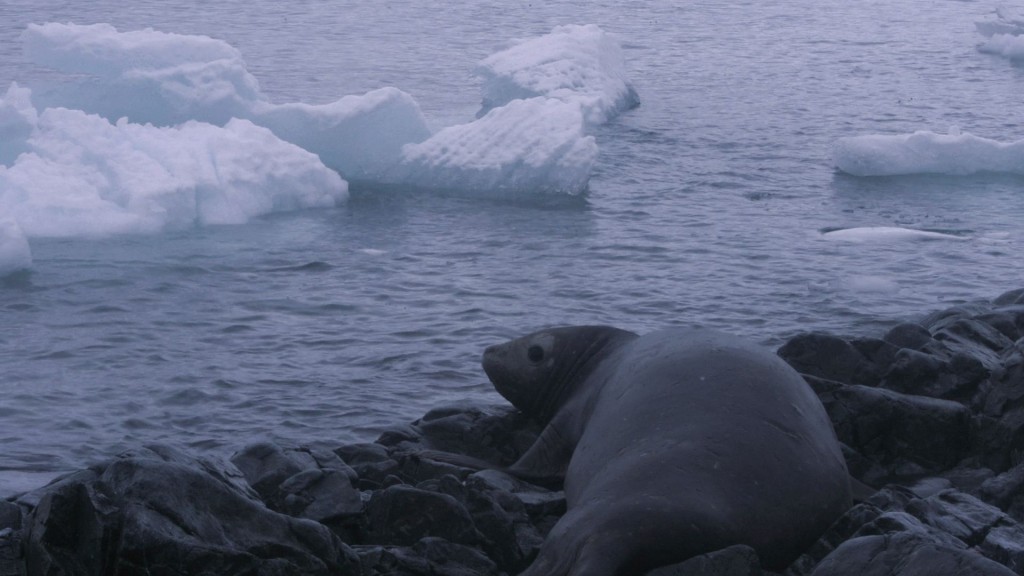
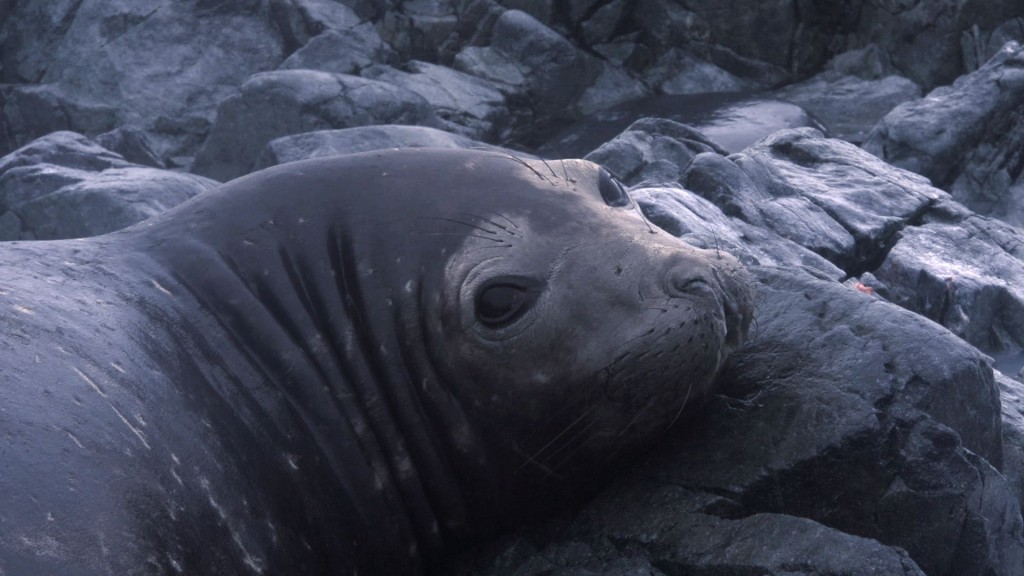
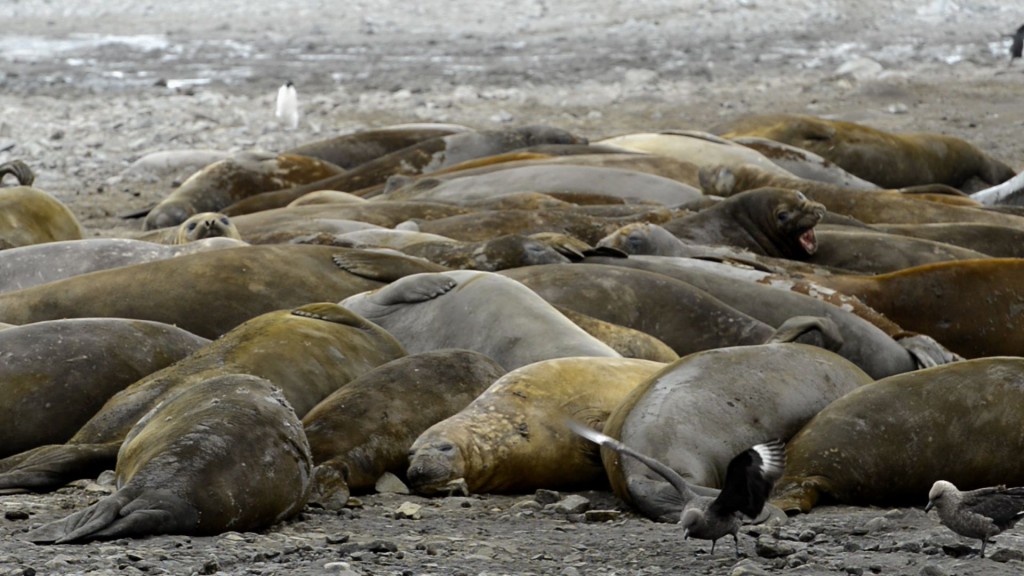
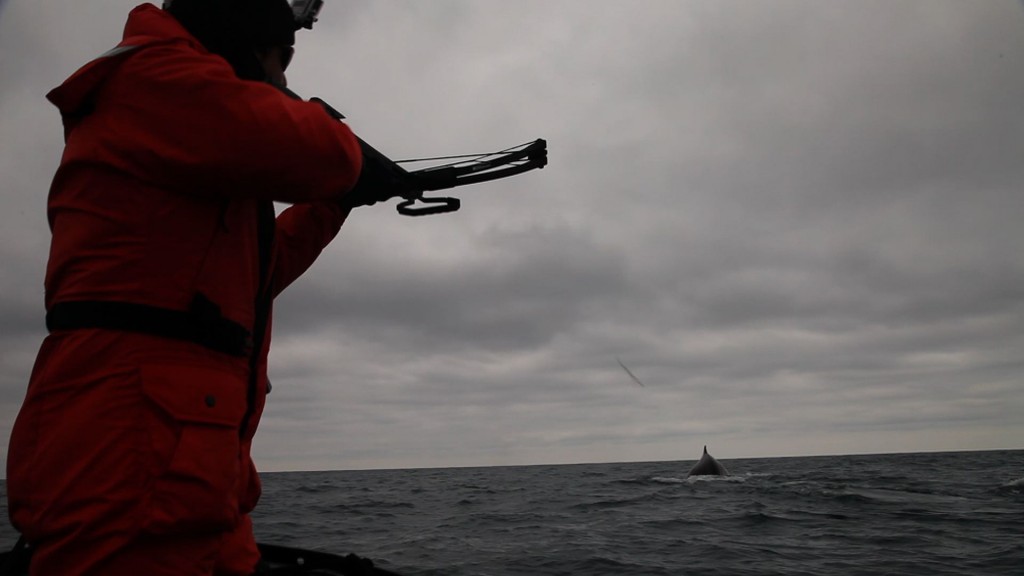
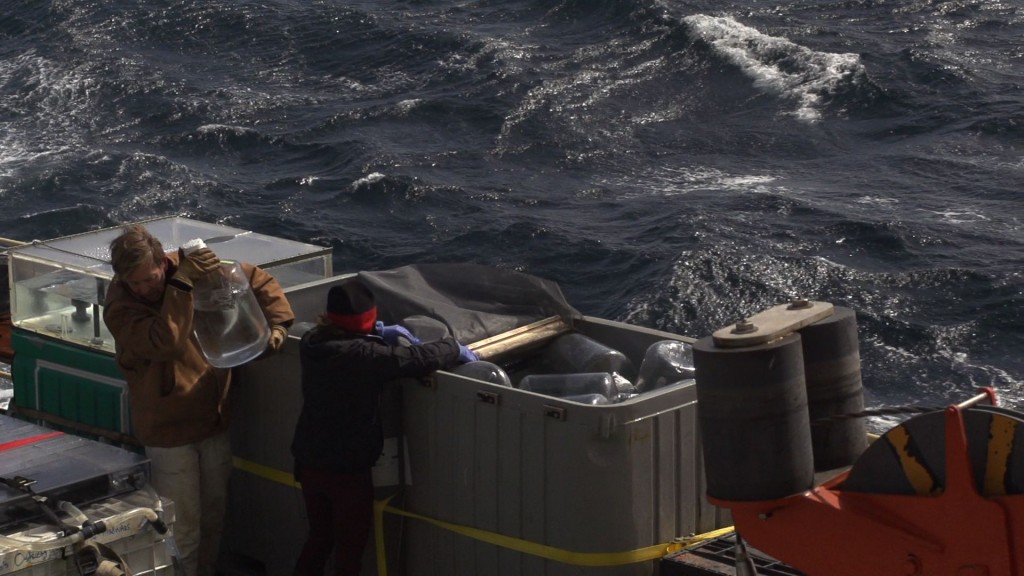
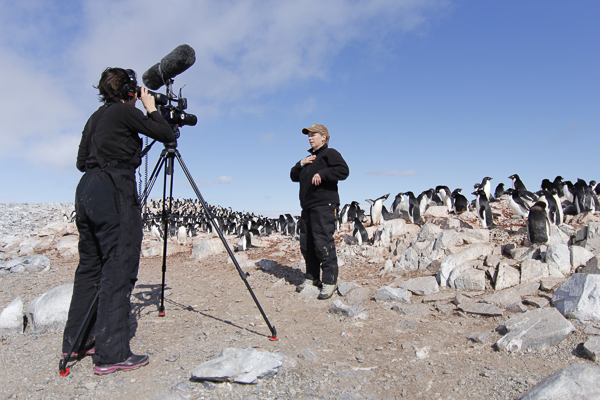
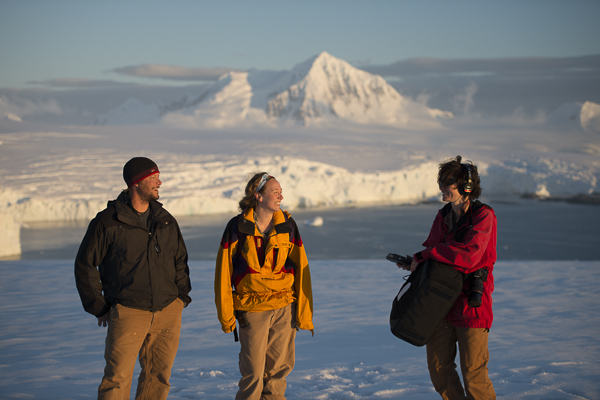
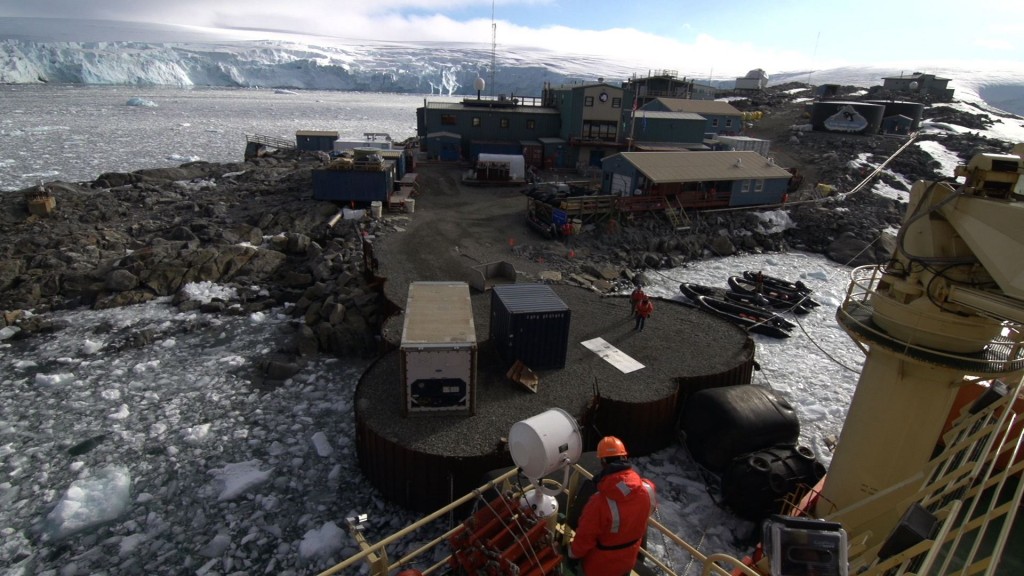
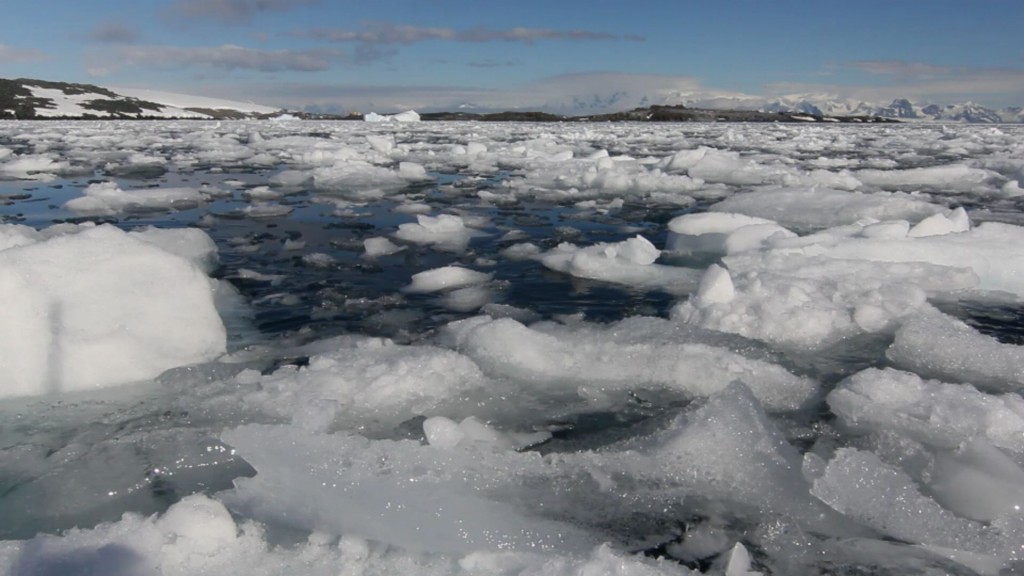
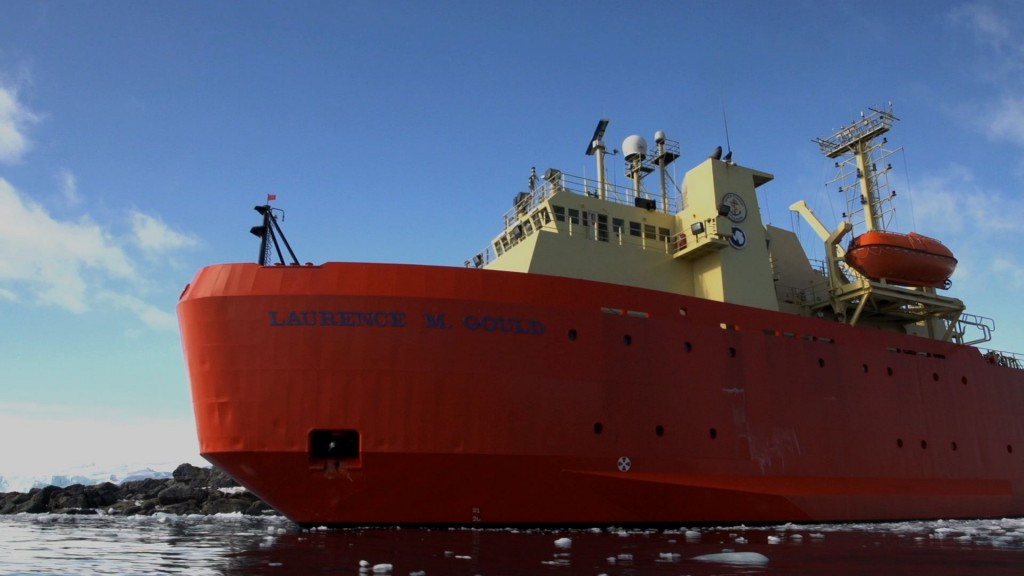
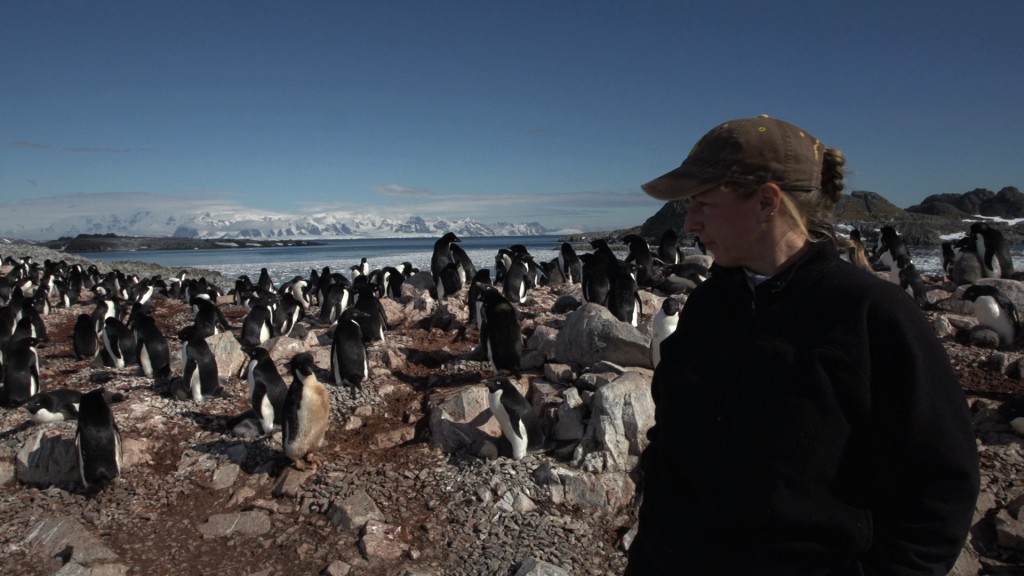
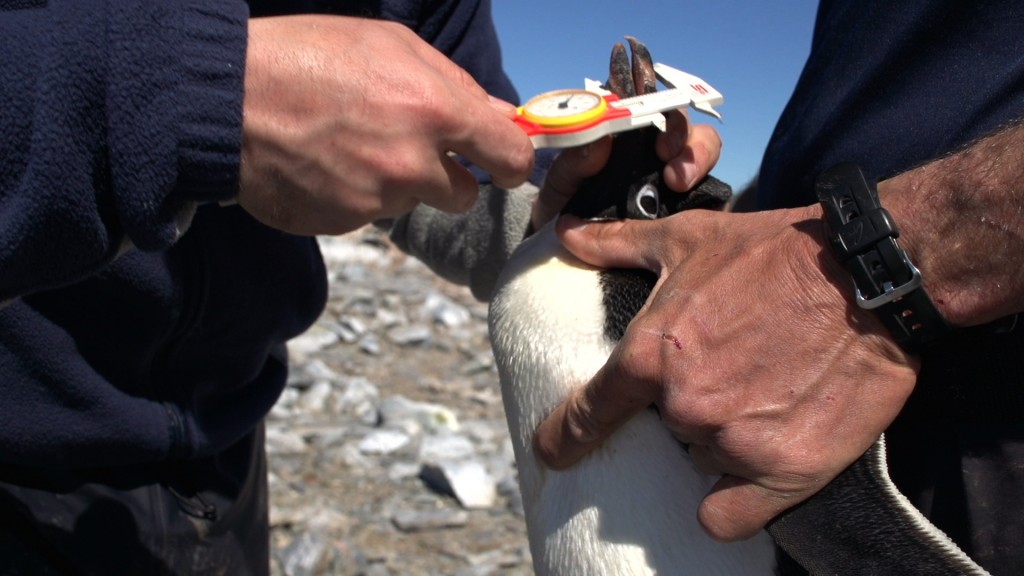
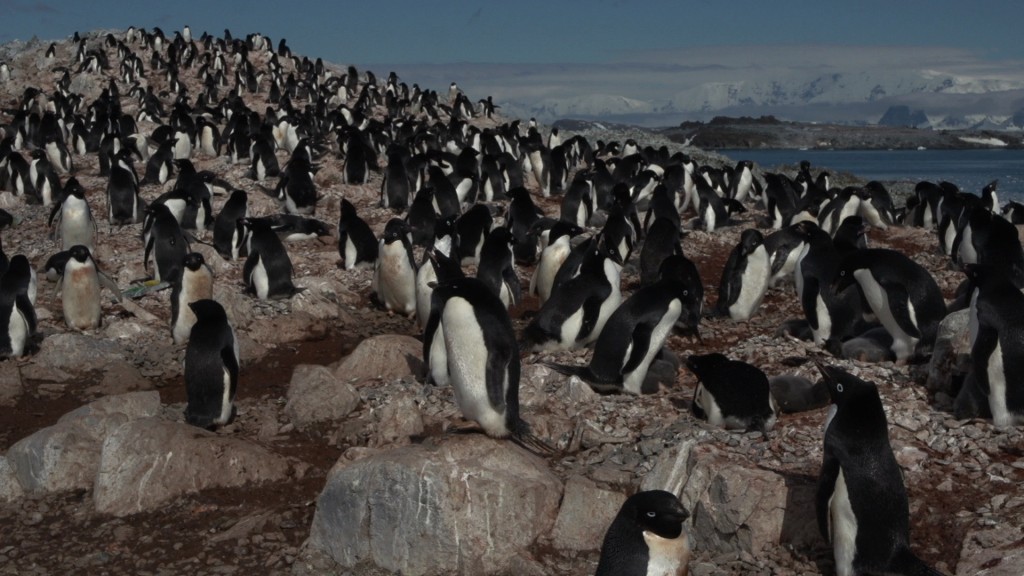
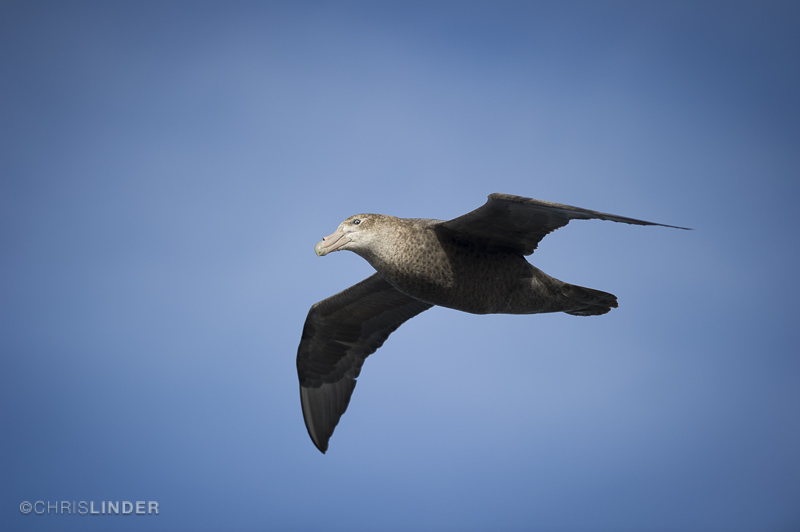



 Follow the
Follow the  Subscribe to the blog RSS feed
Subscribe to the blog RSS feed